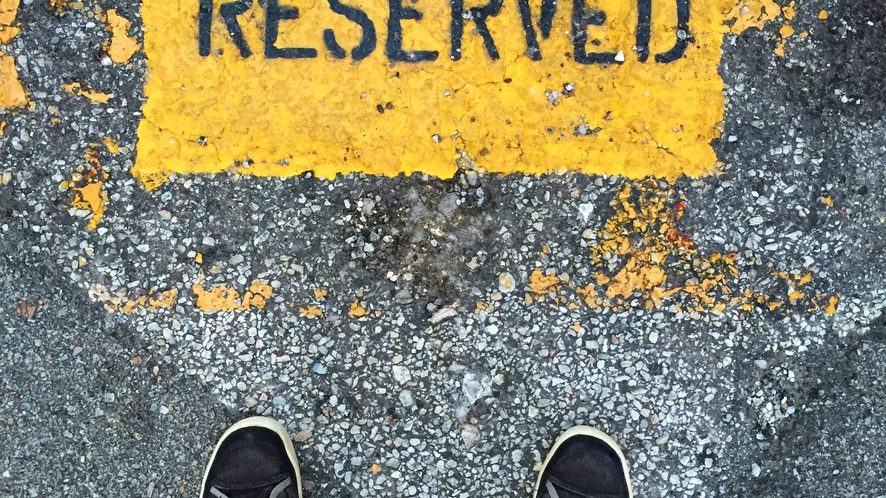Atrophic Existence
The Atrophic Existence Series
“But how do we recognize ourselves? How can man know himself? He is a dark and hidden thing. . . . It is a painful and dangerous undertaking to dig down into oneself in this way and to descend violently and directly into the shaft of one’s being. How easily he could injure himself doing this, so that no doctor could cure him.” – Friedrich Nietzsche, a critical response to the dictum gnothi seauton (“know thyself”) inscribed over the entrance to Apollo’s temple at Delphi.
Mankind is a tiny part of the great scope of worldly existence, a miniscule blip on the historical timeline. Armed with this knowledge of insignificance, he climbs mountains, builds towering building, conquer other races, launches himself into space. No matter the stated reason for the conquests or advancements, the underlying force that drives someone to excel is done with the knowledge that no matter humankind is mortal, weak, fallible, arrogant, ignorant and alone. By doing something incredible, something brilliant, something timeless, a person can somehow prove they are different, greater, or more important than the rest of the species. For many the drive to excel is a cry against their own knowledge of inherent weaknesses.
The photographic series “Atrophic Existence” depicts a character consumed by his knowledge of his weaknesses, his fears, his inadequacies and his mortality. Instead of using this knowledge as an impetus to succeed, he has acquiesced to his own futility. He lives in a world he has readily accepted, and while he still questions his own existence, he never acts to change any thing. Society and social control are intent on keeping at least part of itself in check. Not everyone can be a leader, there have to be some followers, and mud man fits in that role. His unchallenging life has led him to over-analyze himself, to look into the mirror one too many times. He has fallen into a trap that life offers each of us.
He sees every action he takes as futile. He won’t ever kill himself because he fears his own death. He won’t ever embrace risk, because it threatens the safety of his world. He destroys himself mentally and physically because he can’t find any other way to move past his weaknesses. He can’t connect with others, because he is so wrapped up in his own failings. He feels he has nothing to offer anyone else. He occupies a world that allows him to function, but also permits him to fail to connect to that same world.
The black and white photographs depict the character in a state of extreme self awareness. The images show every crack, every flaw in the facade. The color photos show him in public. There Is no interaction with those around him and little to no connection formed between himself and his surroundings. And just as he fails to respond to the world, the world does not seem to acknowledge him.
The Existence Series is intended to provide a cautionary example of the dangers of a life without challenge, a life consumed by the self, a life swallowed by questions. It is a life not worth living, but a life lived by millions everyday.
“He has to live in the midst of the incomprehensible, which is also detestable. And it has a fascination, too, that goes to work upon him. The fascination of the abomination – you know, imagine the growing regrets, the longing to escape, the powerless disgust, the surrender, the hate . . . ” – Joseph Conrad
Black and white and lost in self
“He wasn’t sorry for what he had done. It seemed reasonable enough to him. I don’t think he even knew he had settled back naturally into the same groove he had jumped out of in Tacoma. But that’s the part of it I always liked. He adjusted himself to beams falling, and then no more of them fell, and he adjusted himself to them not falling.” – Dashiell Hammett
The real world
“But at three o’clock in the morning, a forgotten package has the same tragic importance as a death sentence, and the cure doesn’t work– and in a real dark night of the soul it is always three o’clock in the morning, day after day.”



























































